On 1 September 1939, Poland was invaded by Germany. This began World War II, the largest military conflict in the history of mankind. Poland suffered the most: it is estimated that during the war, 6 million people – about 22 per cent of the Polish population, died or were forced to relocate, or were deported. The brutal occupation of Poland by Germany caused irreversible damage, which is still felt and seen today.
Taken by surprise, and without the military support of her allies, Poland stood no chance against the overwhelming power of the invaders, notwithstanding the heroic struggle put up by the Polish army and civilians. On 17 September 1939, Poland was attacked from the east by the Soviet Union, which fulfilled the provisions of the clandestine Molotov-Ribbentrop Pact. The two totalitarian regimes, Germany and the Soviet Union, obliterated the sovereign Polish state.

The Invasion of Poland 1939. Civilian victims of an air raid
After the invasion, the Polish government refused to sign the act of capitulation to the Germans, which resulted in extremely brutal repressions, including mass executions of the civilian population. Throughout World War II, Poland remained an active member of the Allied Forces and was Europe’s only government that refused any form of collaboration with the Germans.
The German invaders instituted a reign of terror in Poland and instituted policies that were designed to deprive the Poles of their national identity. The German administrative measures served two major goals: to complete the Germanisation process and benefit the Third Reich. Hans Frank, the Governor General of German-occupied part of Poland, said: I received a command to ruthlessly pillage the invaded Eastern territories; my goal is to ruin them economically, socially, culturally and politically.
The German plan was to eradicate Polish identity in any shape or form by pillaging and destroying the cultural heritage and putting a stop to the political and social life of the Polish nation. Any form of resistance against the German authorities would end in bloodshed. The presence of the German administration was felt almost everywhere. Street and city names were changed to German, and the largest squares were renamed to celebrate Adolf Hitler. The Gothic font, which was the Nazis’ favourite, was used to emphasise their rule.
The action that targeted the Polish elite was one of the main measures to force Germanisation in the territories incorporated into the Third Reich. The Intelligenzaktion was designed to exterminate the opinion-formers in Polish society. About 100,000 citizens, who were particularly vital to Poland’s infrastructure (including teachers, scientists, clergy, doctors, lawyers and former soldiers) were murdered in mass executions, or deported to German concentration camps, where only a few managed to survive. Children were exposed to the Germanisation process. It is estimated that throughout World War II, about150,000 young Polish citizens were displaced from Poland to Germany.
Each and every Pole feared for his or her life and the lives of their nearest and dearest. Poland’s German invaders thought nothing of the international humanitarian law. They administered the most severe repressions for the slightest offence often for no reason other than to induce fear in people and force them into total submission.




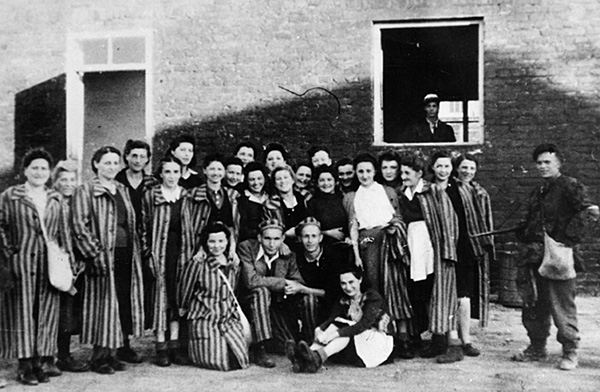
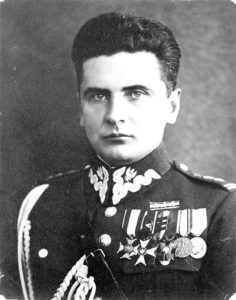 Draconian punishments were meted out for any form of resistance against the German authorities. Service to the Underground Polish State was punishable by death or deportation to a concentration camp. One of the persons affected was General Stefan Rowecki, pseudonym Grot (“Arrowhead”), the most prominent figure of the Polish Underground State and the Home Army’s founder. Soon after his capture by the Gestapo in July 1943 he was transferred to Sachsenhausen. He was tortured and repeatedly encouraged to form an alliance between the Home Army and Germany against the Soviet Union, and later, to stop the Warsaw Uprising. The General remained adamant and was eventually executed.
Draconian punishments were meted out for any form of resistance against the German authorities. Service to the Underground Polish State was punishable by death or deportation to a concentration camp. One of the persons affected was General Stefan Rowecki, pseudonym Grot (“Arrowhead”), the most prominent figure of the Polish Underground State and the Home Army’s founder. Soon after his capture by the Gestapo in July 1943 he was transferred to Sachsenhausen. He was tortured and repeatedly encouraged to form an alliance between the Home Army and Germany against the Soviet Union, and later, to stop the Warsaw Uprising. The General remained adamant and was eventually executed.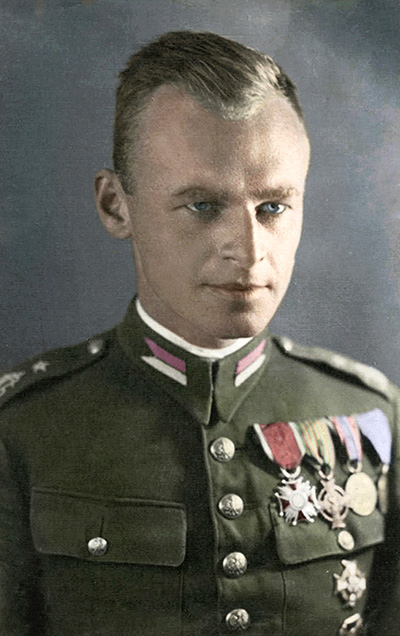
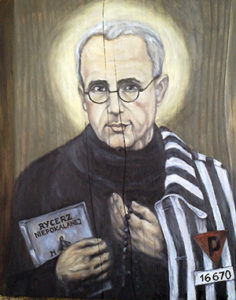
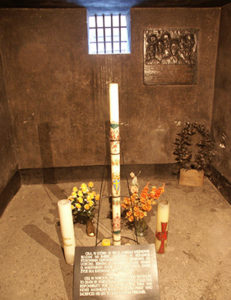
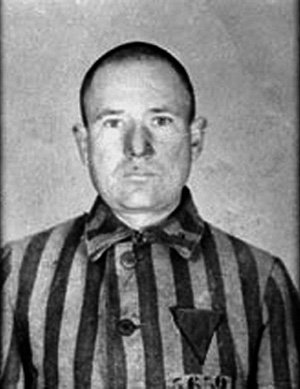
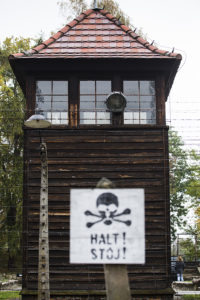 Auschwitz-Birkenau, which remains the symbol of German atrocities, was set up with the intent to exterminate Polish citizens. Right from the outset, the legitimate Polish authorities gave the alarm to the public worldwide about the tragedy happening in the camps. The heroic mission of the Polish cavalryman, Witold Pilecki, who volunteered to become an Auschwitz prisoner, provoked little to no reaction from the Allies.
Auschwitz-Birkenau, which remains the symbol of German atrocities, was set up with the intent to exterminate Polish citizens. Right from the outset, the legitimate Polish authorities gave the alarm to the public worldwide about the tragedy happening in the camps. The heroic mission of the Polish cavalryman, Witold Pilecki, who volunteered to become an Auschwitz prisoner, provoked little to no reaction from the Allies.